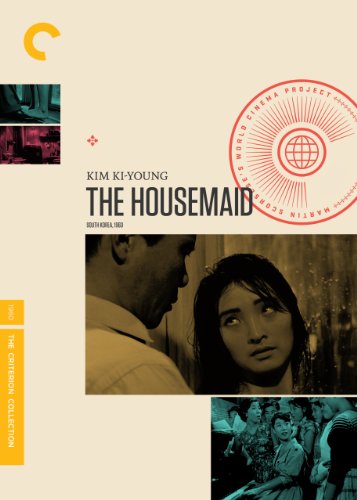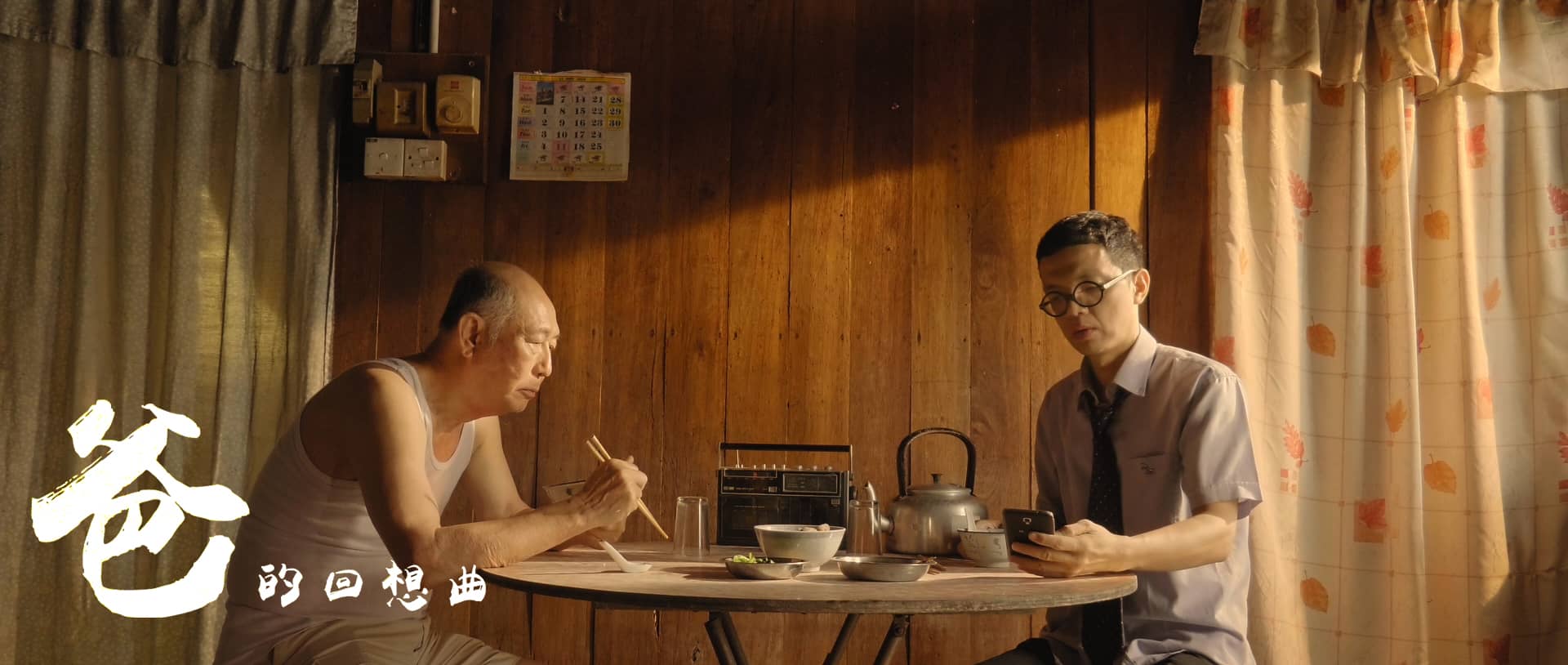Last year, critics who were a bit more literate in Korean cinema oftentimes made mention of Kim Ki-young's “The Housemaid” (1960) in reference to Bong Joon-ho's “Parasite” (2019). The former title rose to a more global prominence a couple of years ago after Martin Scorsese's World Cinema Project conjointly with the Criterion Collection decided to remaster and rerelease Kim's classic. On one of the extras provided with the DVD Bong sings praise to the allegorical values of “The Housemaid”, as well as its subtle and piercing social and political critique of a recently formed higher class of the 1960s South Korea. In terms of ideas (and ways in which Bong decides to present those ideas visually) “Parasite” predominantly seems like a modern retelling of the same domestic horror presented by Kim in 1960.
Buy This Title

“The Housemaid's” plot, to me, was very reminiscent of a Harold Pinter play, specifically, “The Servant”, which was famously adapted for screen by Joseph Losey. Both films depict a form of home invasion, in which an initially submissive representative of the working class slowly manipulates their way, to finally subject their masters to themselves. Kim Dong-sik (Kim Jin-kyu) is a composer who has to earn money by teaching piano at a local factory filled with young girls who couldn't afford going to a school with dorms. Mr Kim needs the money to pay for the new, two storey-high house. A large building is a symbol of social status for the Kim family – the issue is, they can't really afford it, and they are not so middle class as they would like to think. To top things off, Mrs Kim (Ju Jeung-nyeo) is pregnant and needs a housemaid to help in taking care of the stupendous homestead. The eponymous character, played by Ko Seon-ae, is a young and attractive girl, whose almost animalistic qualities stand in stark contrast when juxtaposed against the dignified Kim family. In Kim Ki-young's precise screenplay, every little need paves the way for even more desires and reasons to spend money on unobtainable ambitions and dreams. To satisfy all that, Dong-sik decides to start giving private piano lessons, which not only mean even more work, but also frequent visits from a young woman who is more interested in courting the teacher than learning how to play Debussy.
Kim Ki-young's film is an expressionist study of desire, exploitation and cruelty. At some point in the movie, each character (even the children!) shows an evil, violent side. Martin Scorsese praised the film's “ability to see danger in all of the human interactions”, and “The Housemaid” is indeed great at doing so. It's nihilistic and grim outlook on interpersonal and parasitic relationships, filled with pessimistic overtones and claustrophobic visual style, contributes to the horror and suffering that Kim family bring upon themselves. It is also a complex depiction of simultaneously frail and vain masculinity, as well as almost carnivorous femininity. The visual motifs of spinning (squirrel in a cage, yarn in a sewing machine, wheels in a train), as well as moving upwards and downwards the staircase are essentially exhibiting a simple notion, that the characters are trapped, and as they spend more time within the four walls of their home, their suffering will grow exponentially.
There is even more to the symbolism employed by Kim. The “up” and “down” dichotomy, so famously developed by Bong in “Parasite”, here serves as a device showing an almost Freudian divide between the two natures of Mr Kim. First floor, occupied by the piano, is a site for sin, betrayal and romance, whereas ground floor is a space of domesticity, love and family. Stairs thus serve as a liminal space, uniting the two areas. It is very telling that the most dramatic scenes take place precisely there, in the in-between area, as if an additional floor was redundant, being an excessive accessory that contributes to the suffering in the household.

Cinematographer Kim Deok-jin did a great job at creating the visually disturbing and claustrophobic world of the Kim household. The various close-ups and usage of depth-of-field allow him to navigate the viewer around the building, as well as provide an insight into the tense and fraught mindsets of the characters. Han Sang-gi's repetitive, horror music is at times a bit on the nose, to the point of becoming a caricature. The composer juxtaposes it with occasional, naive piano melodies that add to the overall sense of grotesque in the film.
Ultimately, “The Housemaid's” grotesque and disturbing (if not far-fetched and conservative) plot provides a fascinating context to Bong's “Parasite”, illustrating several concepts that would be later developed in the Oscar-winning project. It is a piece of haunting domestic drama which, shockingly, was based on a real-life story Kim read in the newspaper.















